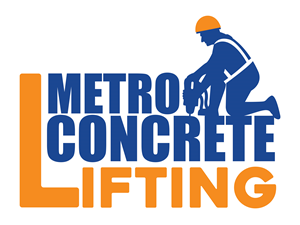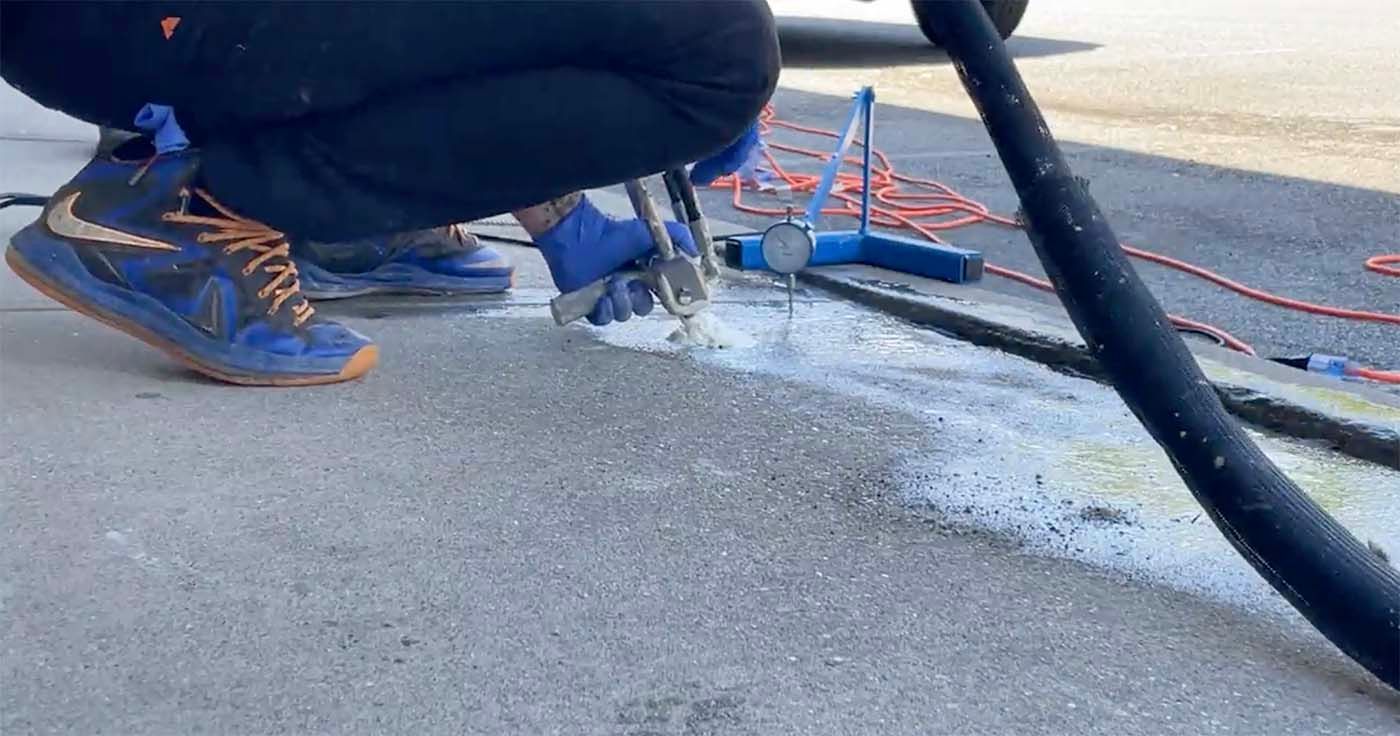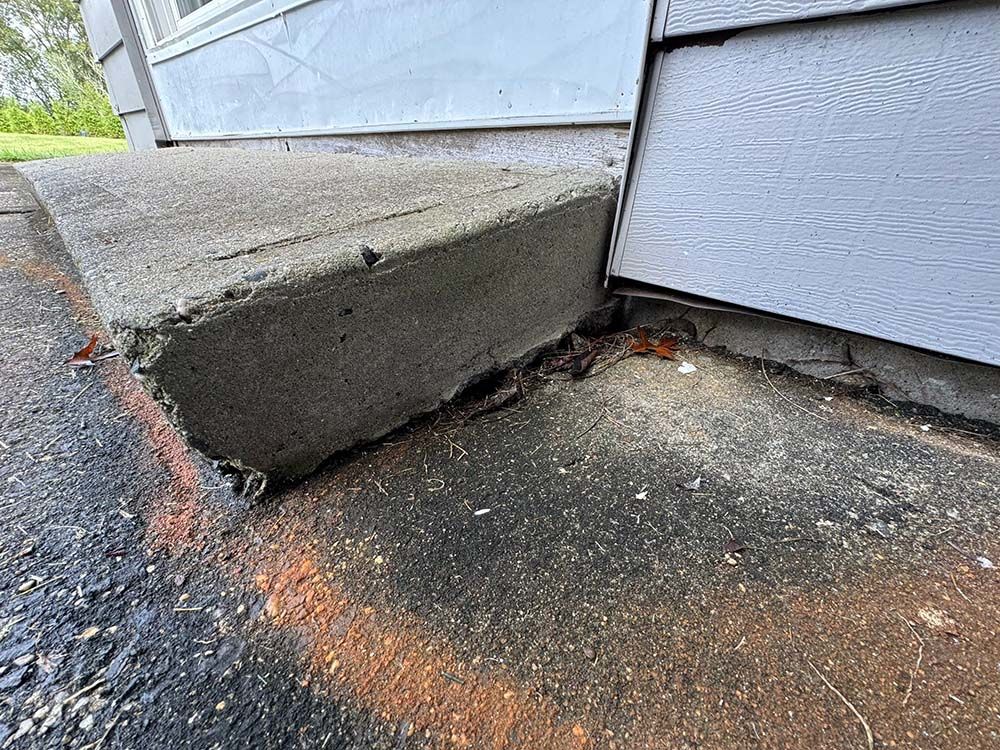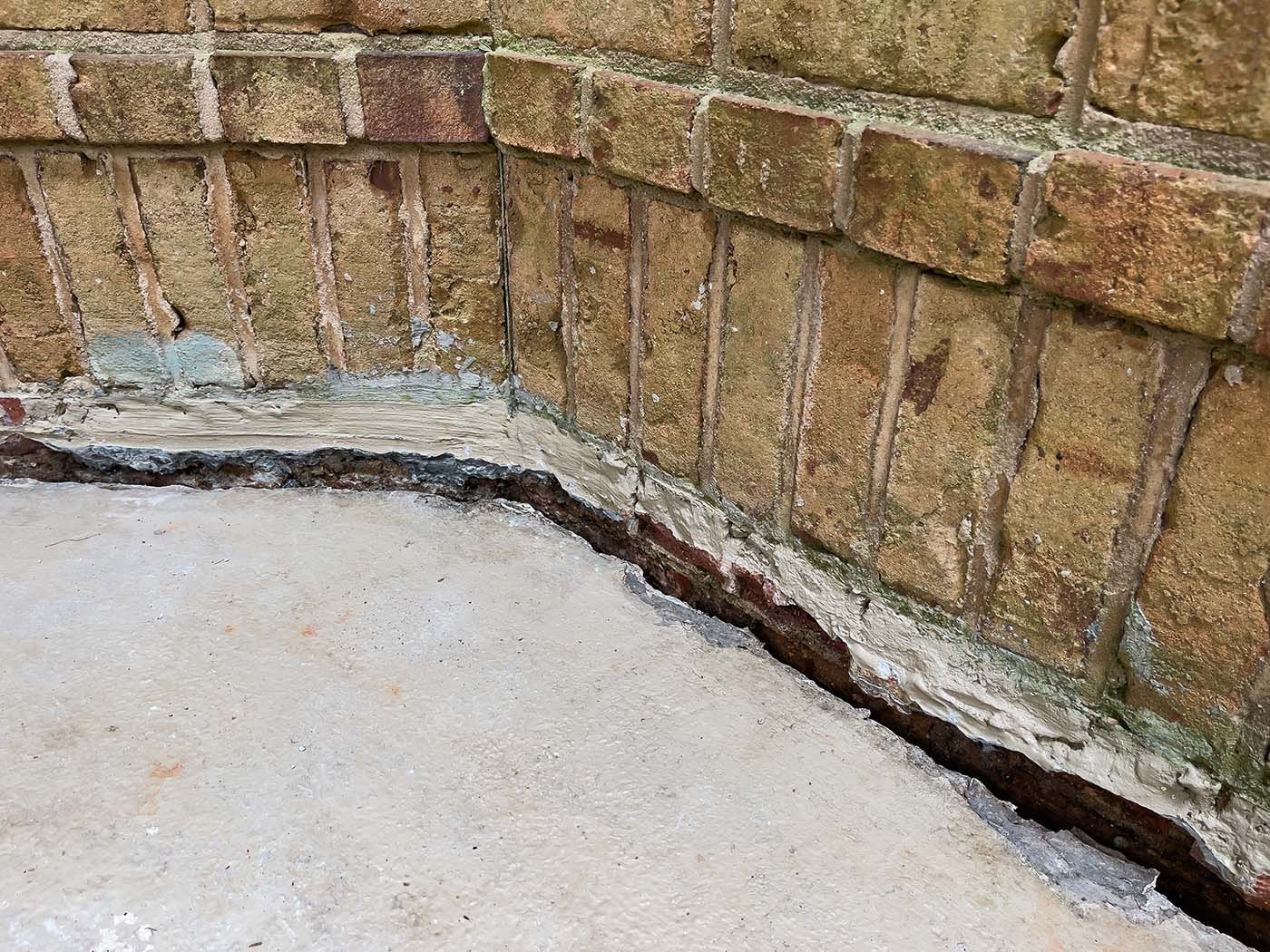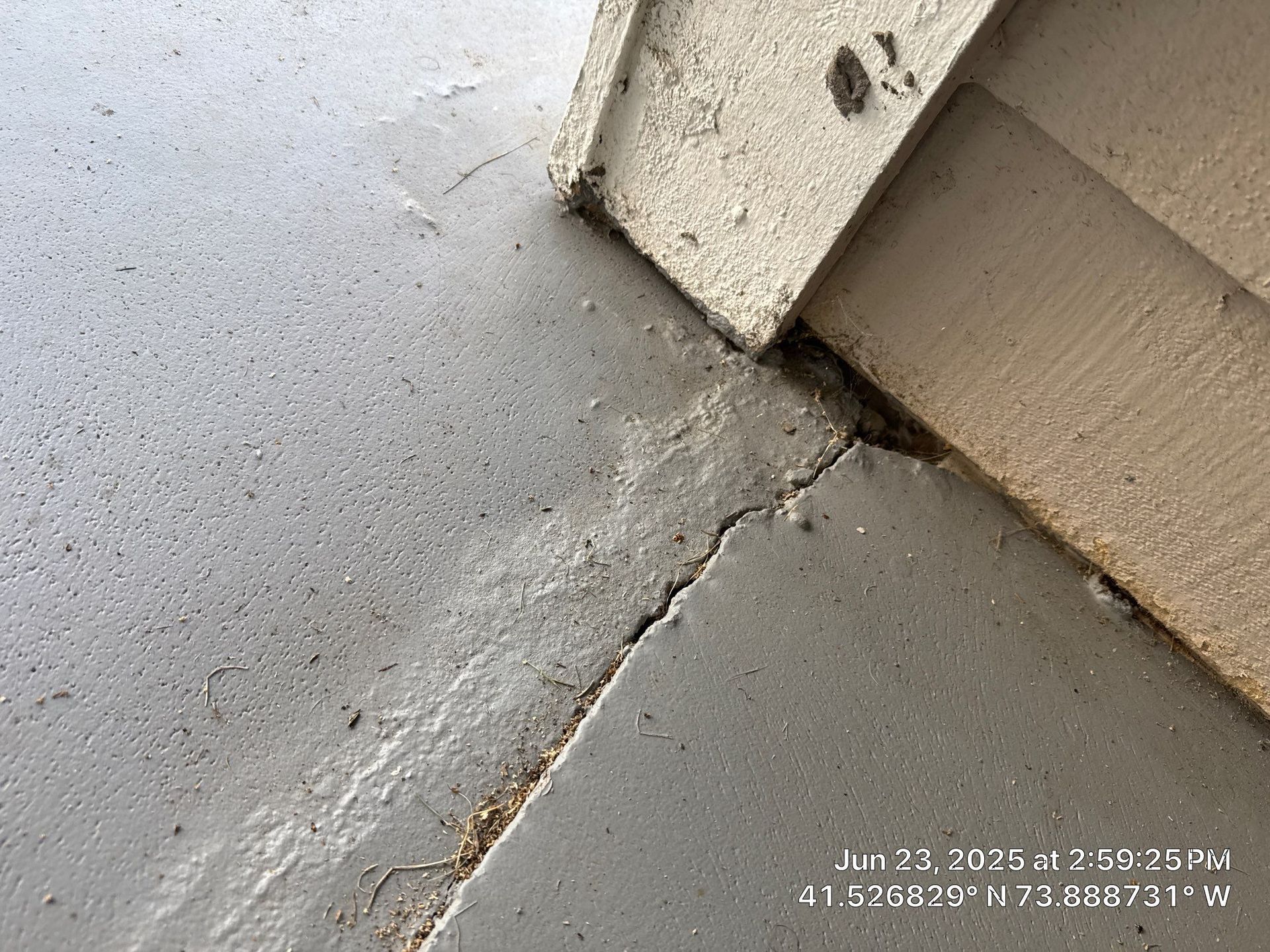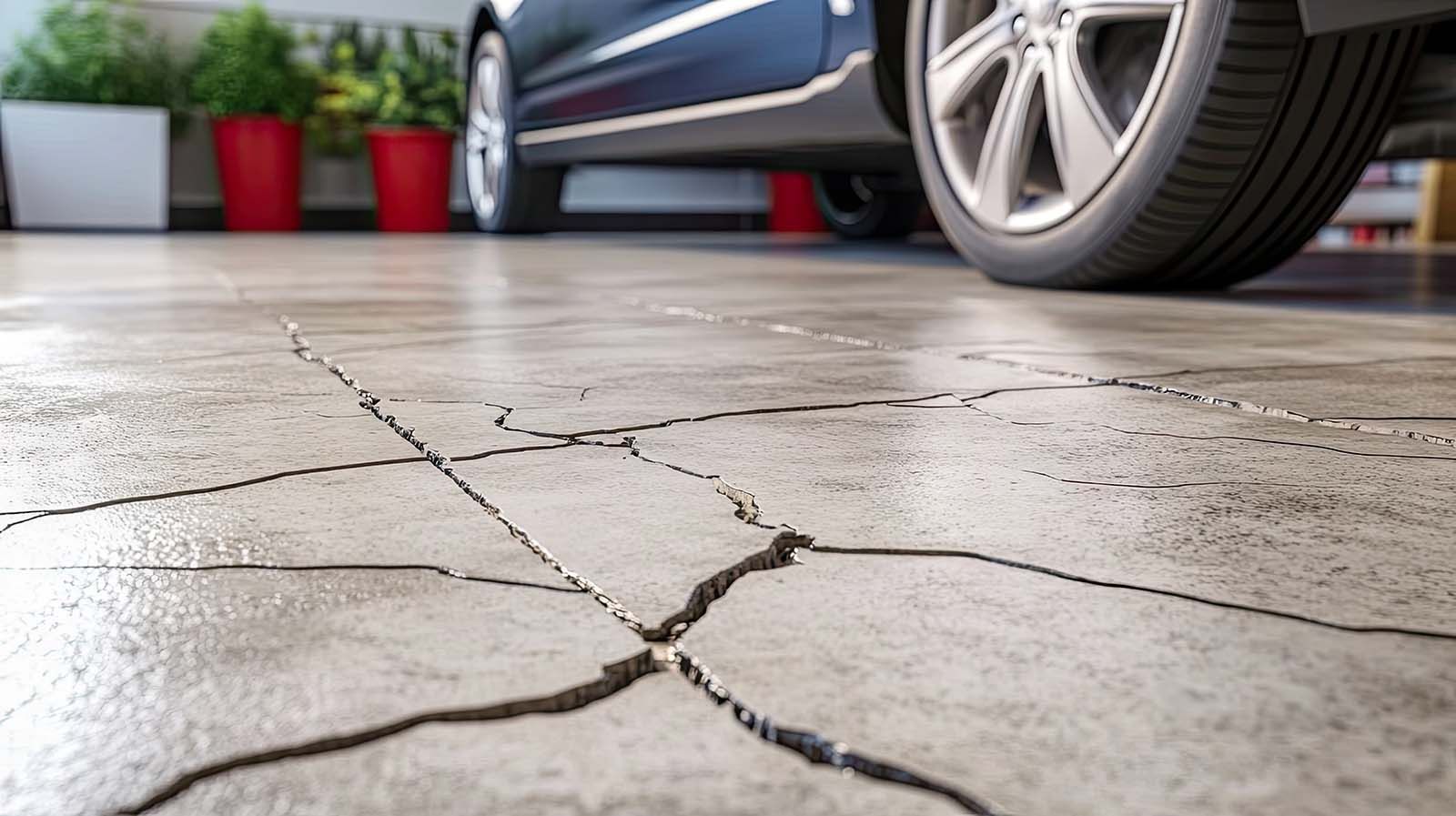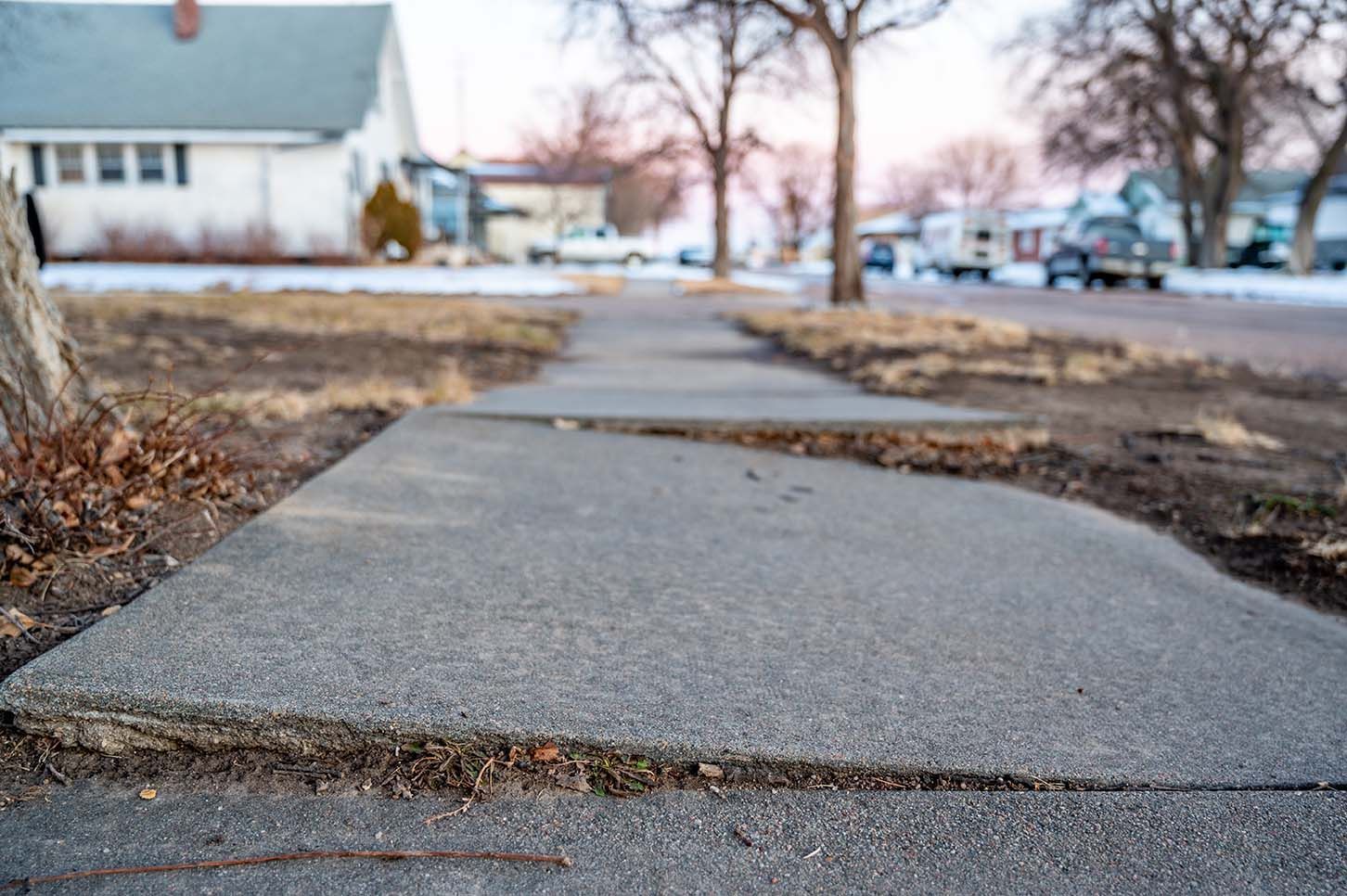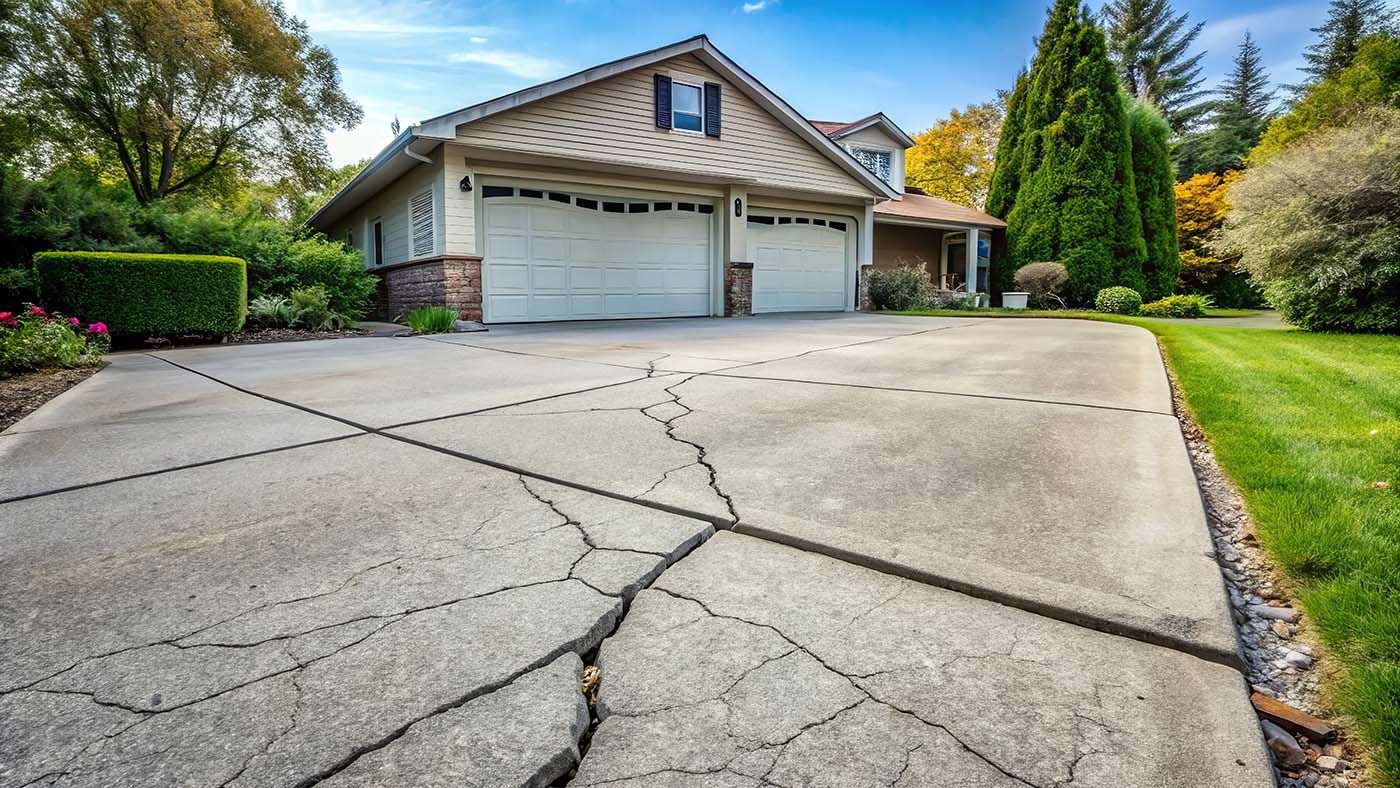Foam vs Mudjacking: What’s Best for Your Slabs?
Request A Free EstimateFoam lifting is faster, cleaner, and longer-lasting than mudjacking—especially in NJ and NY. It uses lightweight polyurethane foam to lift sunken slabs with minimal mess and downtime. Mudjacking, which relies on a heavy cement slurry, is cheaper up front but more prone to sinking again over time. For most residential concrete issues, foam lifting is the smarter investment.
You’re Stuck Between Two Options...
Your driveway is sinking. Your walkway is sloped.
You did some research—and now you're asking:
Foam or mudjacking?
What’s the difference? Which one actually lasts?
At Metro Concrete Lifting, we’ve helped hundreds of homeowners in New Jersey, Westchester, and the Lower Hudson Valley fix this exact problem—and we’ve worked with both methods.
Let’s break it down in plain English so you can make the best decision for your home.
Foam vs Mudjacking: Side-by-Side Comparison
| Feature | Foam Liftinge | Mudjacking |
|---|---|---|
| Material | Polyurethane foam | Cement + soil slurry |
| Drill Hole Size | ~⅝" (very small) | ~1½"–2" (much larger) |
| Weight | Light (2–4 lbs/cu ft) | Heavy (100+ lbs/cu ft) |
| Cure Time | 15–30 minutes | 24–72 hours |
| Durability | 10–20+ years, waterproof | Prone to erosion or re-settling |
| Soil Impact | Stabilizes without pressure | Adds weight to already weak soil |
| Cleanliness | Minimal mess, nearly invisible patch | Can leave visible patches/residue |
| Initial Cost | Slightly higher | Slightly lower |
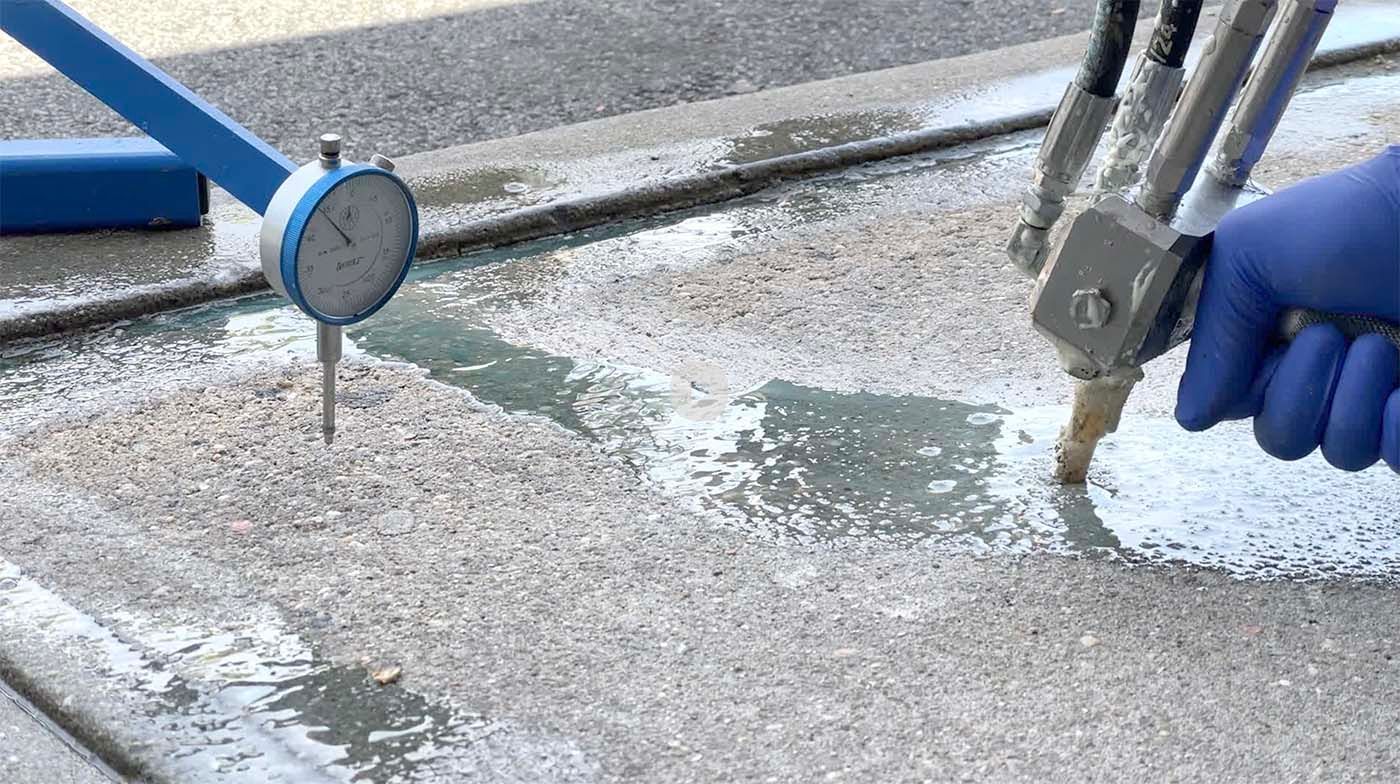
How the Methods Work
Mudjacking
A cement-based slurry is pumped under the slab, filling voids and forcing the concrete upward through pressure. It works—but it’s very heavy and can make unstable soils worse over time.
Foam Lifting
Polyurethane foam is injected under the slab through tiny holes. The foam expands rapidly, lifting the concrete gently and evenly. It hardens in minutes and doesn’t add stress to the soil.
💬 “Foam lets us lift the slab precisely without overloading the ground underneath.”
Durability & Long-Term Results
Mudjacking:
- Can break down over time
- Slurry absorbs moisture
- Susceptible to freezing, shrinking, erosion
Foam:
- Waterproof
- Does not shrink or degrade
- Resists temperature swings and moisture
In NJ and NY, where freeze-thaw cycles and clay-heavy soil are common, foam lasts significantly longer.
Cleanliness & Curb Appeal
Foam requires very small drill holes (⅝") that are nearly invisible once patched.
Mudjacking requires much larger holes (up to 2") that can be visible and more difficult to blend in—especially on patios, walkways, or decorative concrete.
“Most homeowners choose foam for front-facing areas because it’s less invasive and looks better afterward.”
Cure Time & Downtime
- Foam lifting: Ready to walk on in 30 minutes, and drive on the same day.
- Mudjacking: Requires 1–3 days to cure, depending on weather and mix.
If you need fast results—foam wins every time.
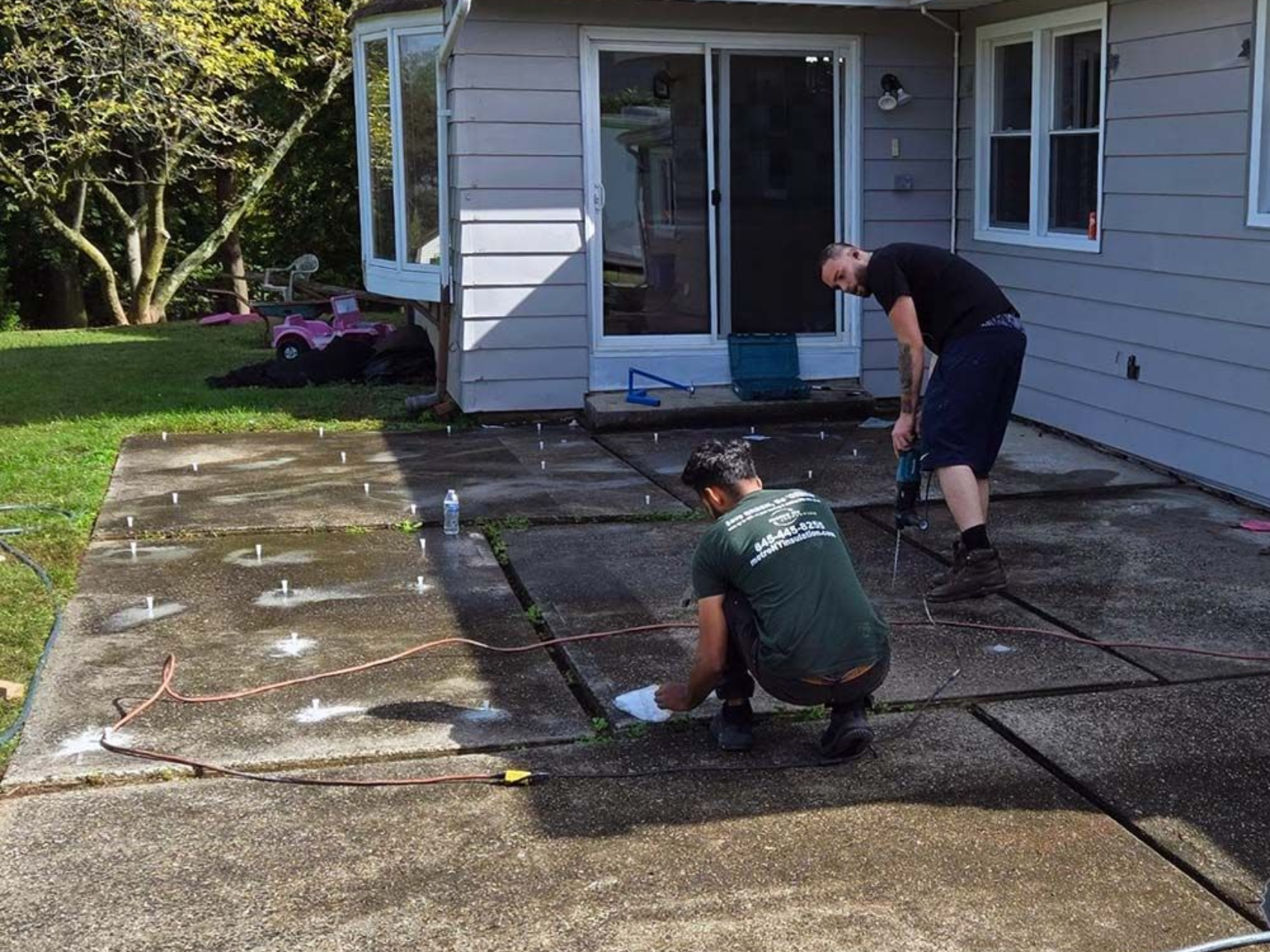
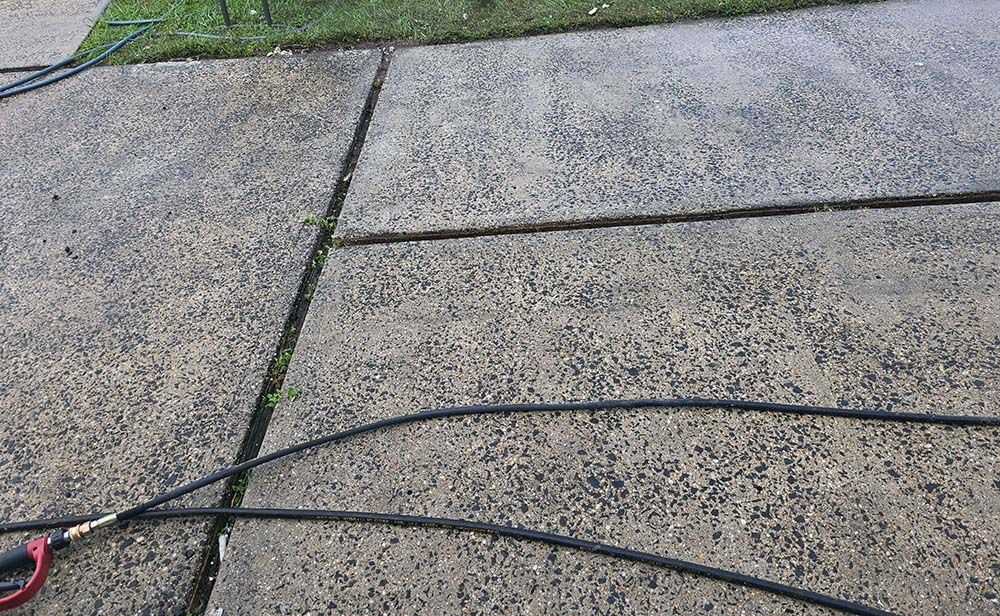
What’s Better for NJ & NY Homes?
The Northeast has:
- Frequent freeze-thaw
- Wet, unstable soil
- Sloped driveways & sidewalks
That makes foam lifting a better fit for most homes in:
- Bergen, Essex, Hudson, and Passaic Counties in NJ
- Westchester County and the Lower Hudson Valley in NY
Our Verdict: Foam Lifting Wins
As a local business that’s seen both methods in action, we can say:
- Foam is cleaner
- It lasts longer
- It’s better for our climate and soil
- It’s ideal for high-traffic or visible areas
It’s not just a fix—it’s an upgrade.
Ready to Fix That Sinking Slab?
Let’s lift it—without tearing it out.
Metro Concrete Lifting is a woman-owned, family-run business serving NJ, Westchester, and the Lower Hudson Valley with expert foam leveling.
📍 Get a free estimate today call (845) 445-8255 to schedule an estimate
🔗 Explore concrete leveling services
Foam vs Mudjacking FAQ'S
Is foam lifting more expensive than mudjacking?
Slightly, yes—but foam offers a longer lifespan, cleaner finish, and fewer repairs.
Will the foam damage my soil or landscaping?
No—our foam is environmentally safe and lightweight. It stabilizes soil rather than stressing it.
How long does the foam last?
Decades. It’s waterproof and resistant to shrinkage or erosion.
Can I drive on it after the job?
Yes—usually within an hour.
What about decorative or stamped concrete?
Foam is perfect for these areas—it requires less patching and maintains aesthetics.
